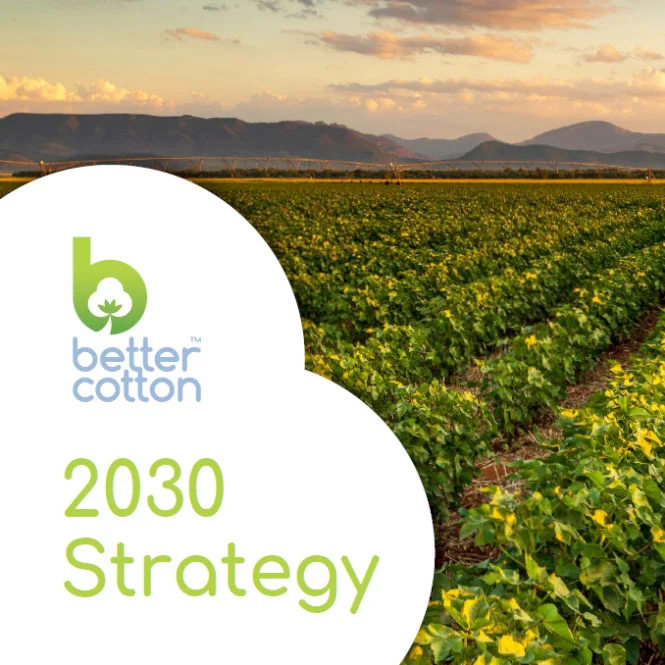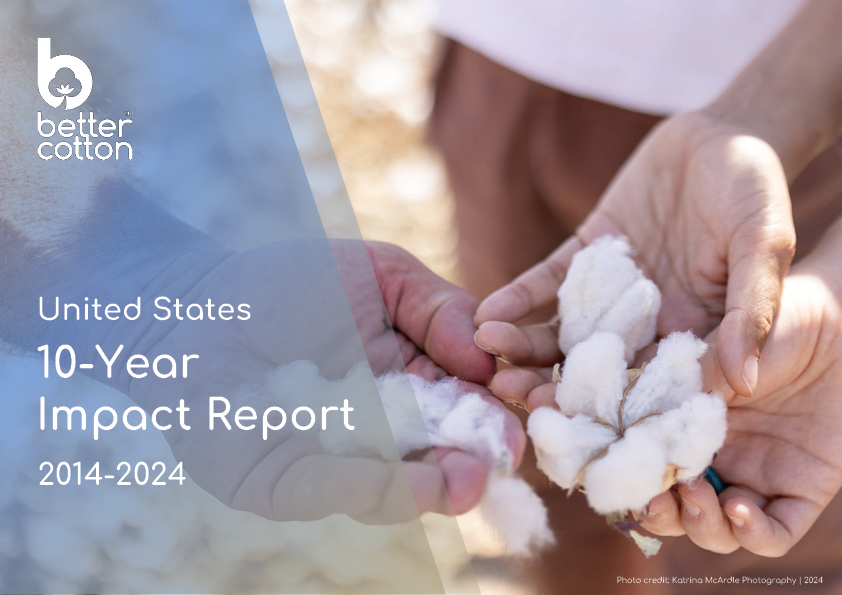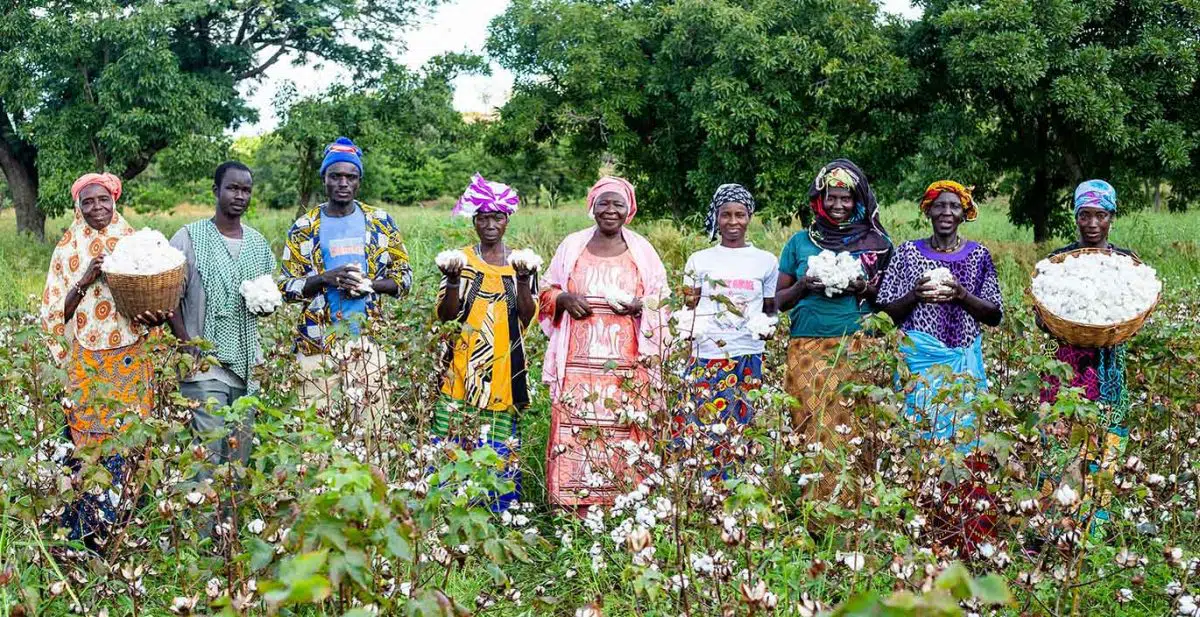
Women’s Empowerment remains a pressing challenge globally. At Better Cotton, we know that a more sustainable future can only be achieved when all genders have equal rights and opportunities, which is why we are taking action to progress women’s empowerment through our programmes and within the cotton industry.
2030 Target
The Women’s Empowerment target is about improving inclusion in our programme. We believe that championing diversity for our field staff worldwide can encourage more inclusivity in the cotton communities we aim to support.
By 2030, we want to reach one million women in cotton with programmes and resources that promote equal farm decision-making, build climate resilience, or support improved livelihoods. And ensure 25% of field staff are women with the power to influence sustainable cotton production.
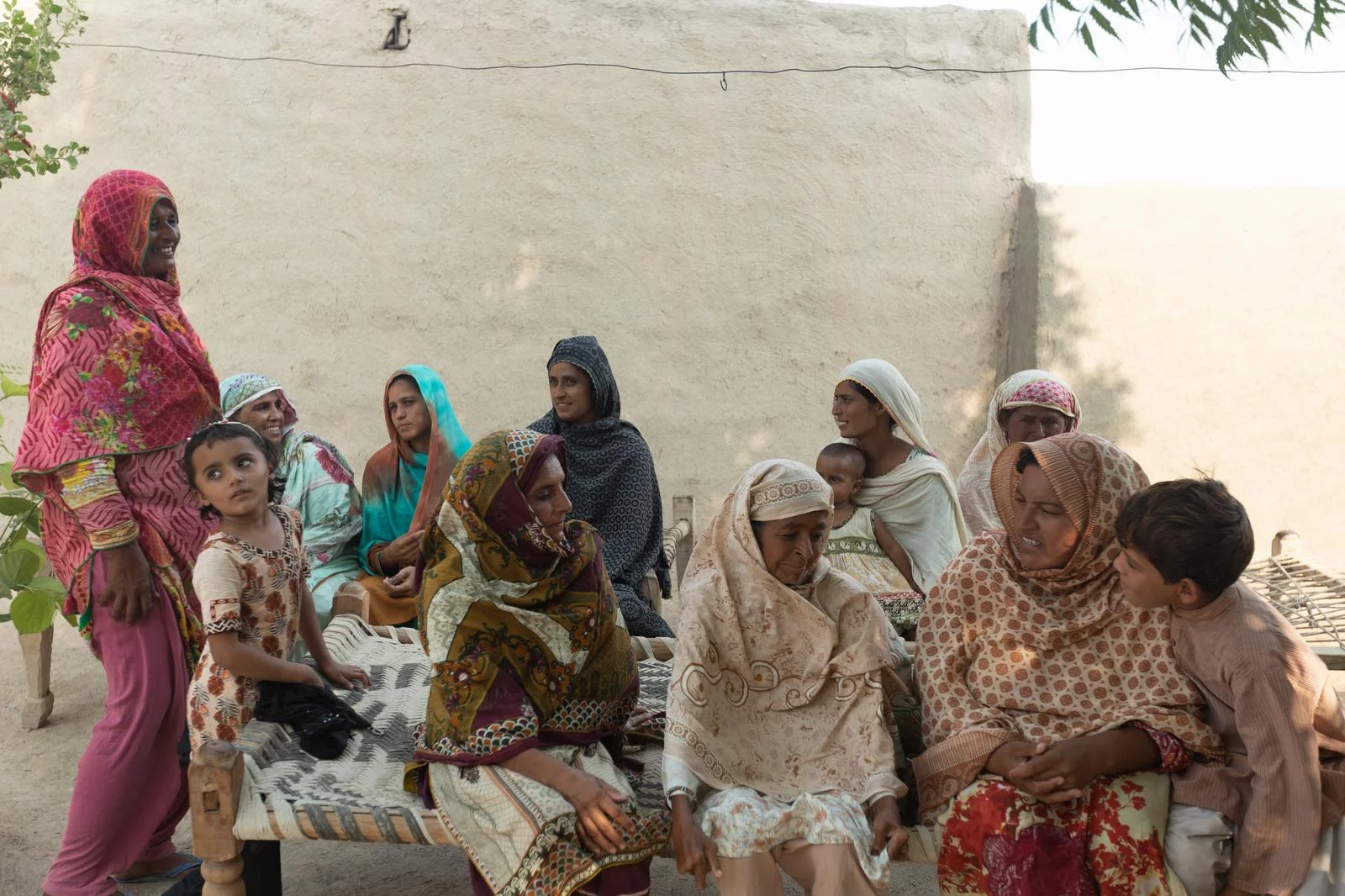
Photo Credit: Better cotton/Khaula Jamil
Location: Rahim Yar Khan, Punjab, Pakistan, 2019. Description: Farm-worker Ruksana Kausar with other women who are involved in a tree nursery project developed by Better Cotton Programme Partner, WWF, Pakistan.
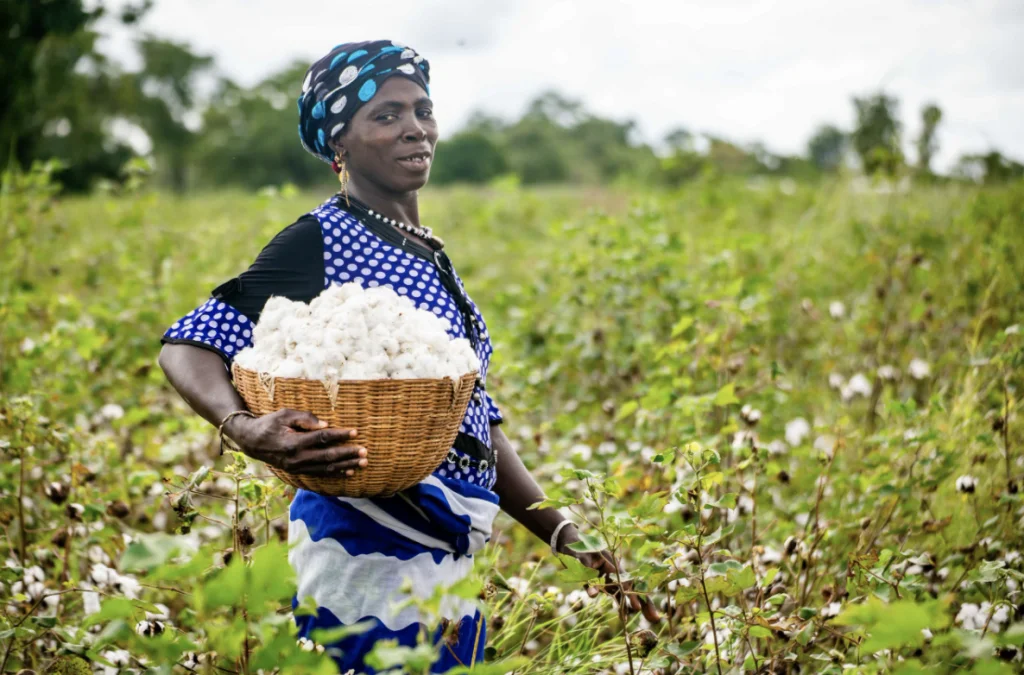
Cotton Production and Gender Equality — Why it Matters
While women contribute significantly to cotton production around the world — often taking on essential and demanding roles like sowing, weeding, fertiliser application and picking — their work regularly goes unrecognised, and they are held back by many forms of discrimination. This leads to underrepresentation in decision making, lower wages, less access to resources, limited mobility, increased threats of violence and other serious challenges.
Greater gender equality and recognition of women’s role in cotton production is not only better for women, but for the entire cotton sector at large. Research demonstrates the benefits. A 2018-19 study in in Maharashtra, India revealed, for example, that only 33% of women cotton cultivators surveyed had attended training in the last two years. Yet, when training was provided to women, there was a 30-40% increase in adoption of better farming practices.
More gender awareness across cotton supply chains is needed to design, deliver and fund inclusive, culturally sensitive and effective programmes that can address these issues while creating stronger workplaces and communities around the world.
The Better Cotton Approach to Gender Equality
At Better Cotton, our vision is a transformed, sustainable cotton industry where all participants have equal chances to thrive. Our Gender Strategy outlines the Better Cotton approach to achieving this vision through gender mainstreaming. Gender mainstreaming is a process that ensures that the concerns and experiences of all gender identities are an integral part of the design, implementation, monitoring and evaluation of Better Cotton policies, partnerships and programmes.
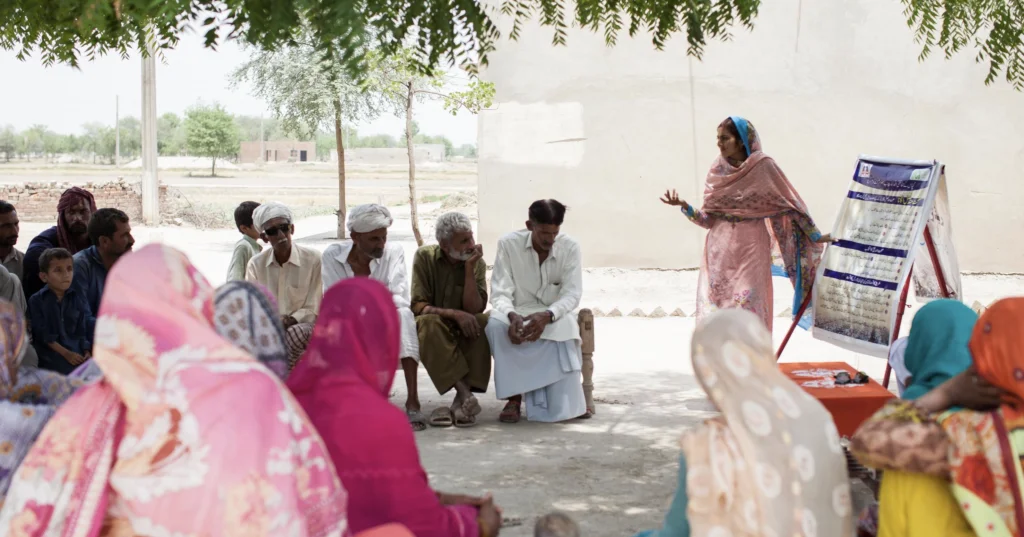
Our Gender Strategy defines objectives and commitments for gender mainstreaming at three levels:
- Farm-level
- In the sustainable cotton community
- Within our organisation
By factoring women into the conversation from the start and opening up access to inputs and resources such as Better Cotton training, not only can they empower themselves economically, but they can also become more active contributors to their households and communities — potentially transforming their position in society as well. Producers in diverse contexts, from smallholder to large, mechanised farms, are required to:
- Ensure that no chemical pesticides are applied by women who are nursing or pregnant.
- Respect the decent work principle, which promotes work that provides opportunities for women and men to work productively in conditions of freedom, equity, security and human dignity. This includes no wage discrimination.
- Prevent child labour in accordance with the International Labour Organization Convention 138. Ensuring both girls and boys access and stay in school is integral to improving the situation of cotton-producing communities.
The Better Cotton Gender Strategy in Practice
In the Vehari district of Punjab in Pakistan, our Programme Partner, the Rural Education and Economic Development Society helped an ambitious woman named Almas Parveen receive Better Cotton training and become a Better Cotton Field Facilitator — a unique position of authority for women in her region. In this role, she is able to spread her knowledge and expertise of better farming techniques to other farmers in her community. Women field facilitators are central to our ambition to reach more women in cotton with impactful, inclusive training and resources.
With Better Cotton training, Almas increased her yields by 18% and her profits by 23% compared to the previous year [the 2016-17 cotton season]. She also achieved a 35% reduction in pesticide use. With the additional profit, she’s been able to support her family and pay for her brother’s wedding. Importantly, Almas also wants to make a difference in her community by raising the profile of women in cotton farming and making the sector a better place for women overall.
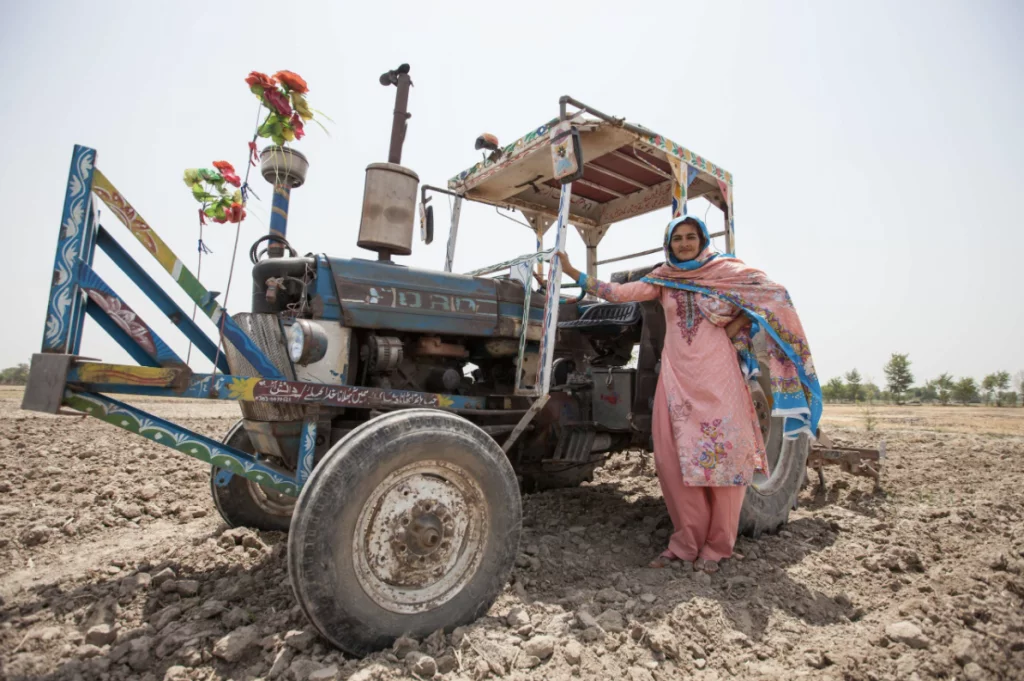
How Better Cotton Contributes to the Sustainable Development Goals
The United Nation’s 17 Sustainable Development Goals (SDG) outline a global blueprint for achieving a sustainable future. SDG 5 states that we should ‘achieve gender equality and empower all women and girls’.
Through Better Cotton training, we are opening up access to resources for women so that they can advance themselves economically and elevate their position within their households, communities and society at large.
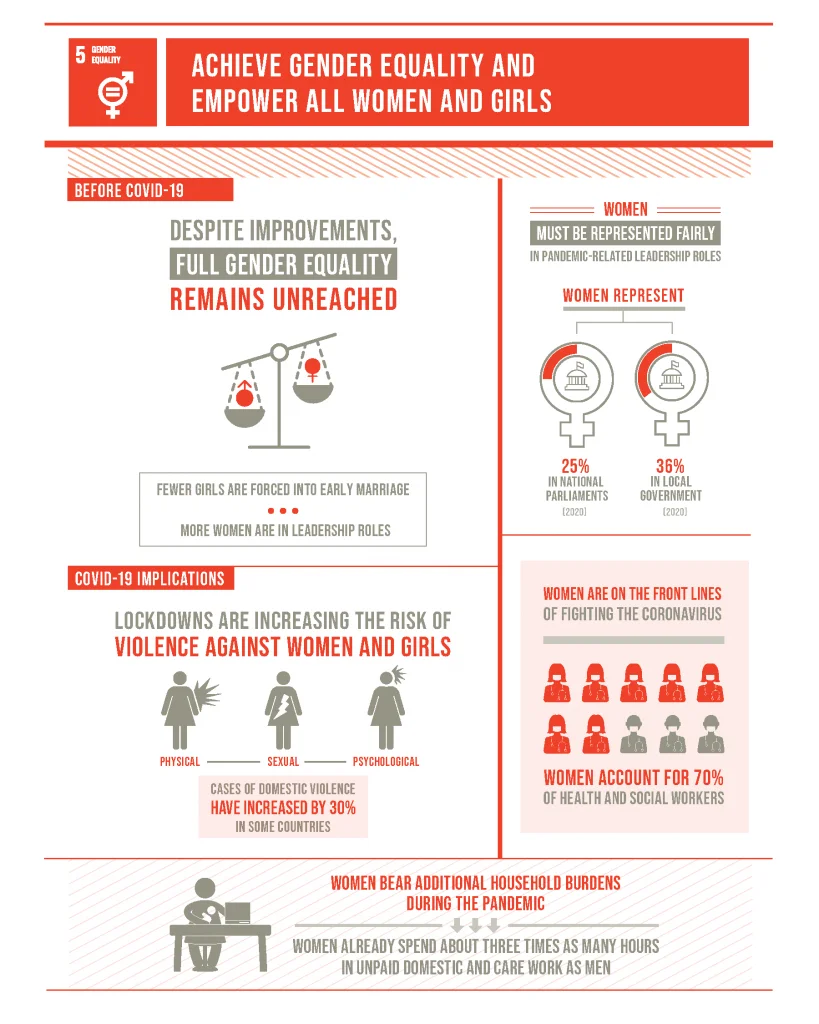
Learn more
Read these stories from the field on our work to promote women’s empowerment:
- How a Female Farm Worker in Pakistan Fulfilled Her Dream of Economic Independence
- Towards Women’s Economic Empowerment in Mali: One Woman’s Journey to Improve the Lives of Rural Women
- Female Farmer Becomes a Role Model in Pakistani Cotton Community
Better Cotton Gender Strategy
Promoting Gender Equality in the Global Cotton Sector Gender inequality remains a pressing challenge in the cotton sector. Globally, women in cotton production take on varied, essential roles, but their …
Impact Report and Farmer Results
In December 2021, we published our first-ever Impact Report. In this year’s report, which is an evolution from previous ‘Farmer Results’ reports, we share the latest field-level data (from the …
Image credit: all United Nations Sustainable Development Goal (UN SDG) icons and infographics were taken from the UN SDG website. The content of this website has not been approved by the United Nations and does not reflect the views of the United Nations or its officials or Member States.
